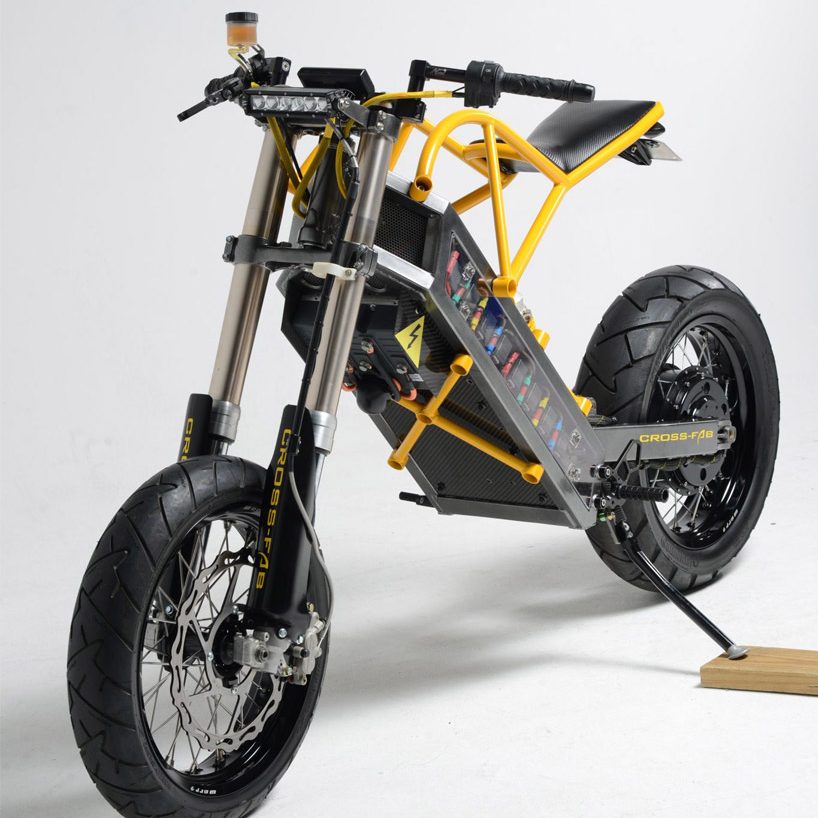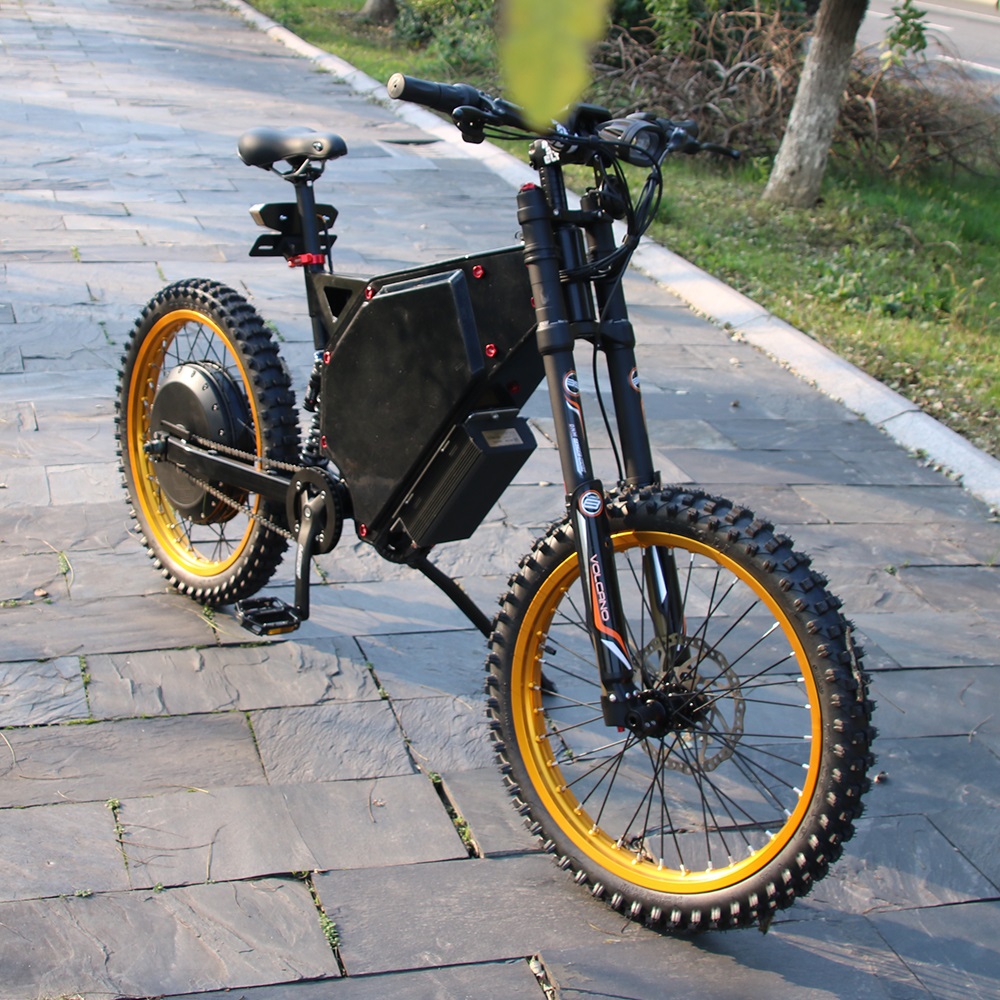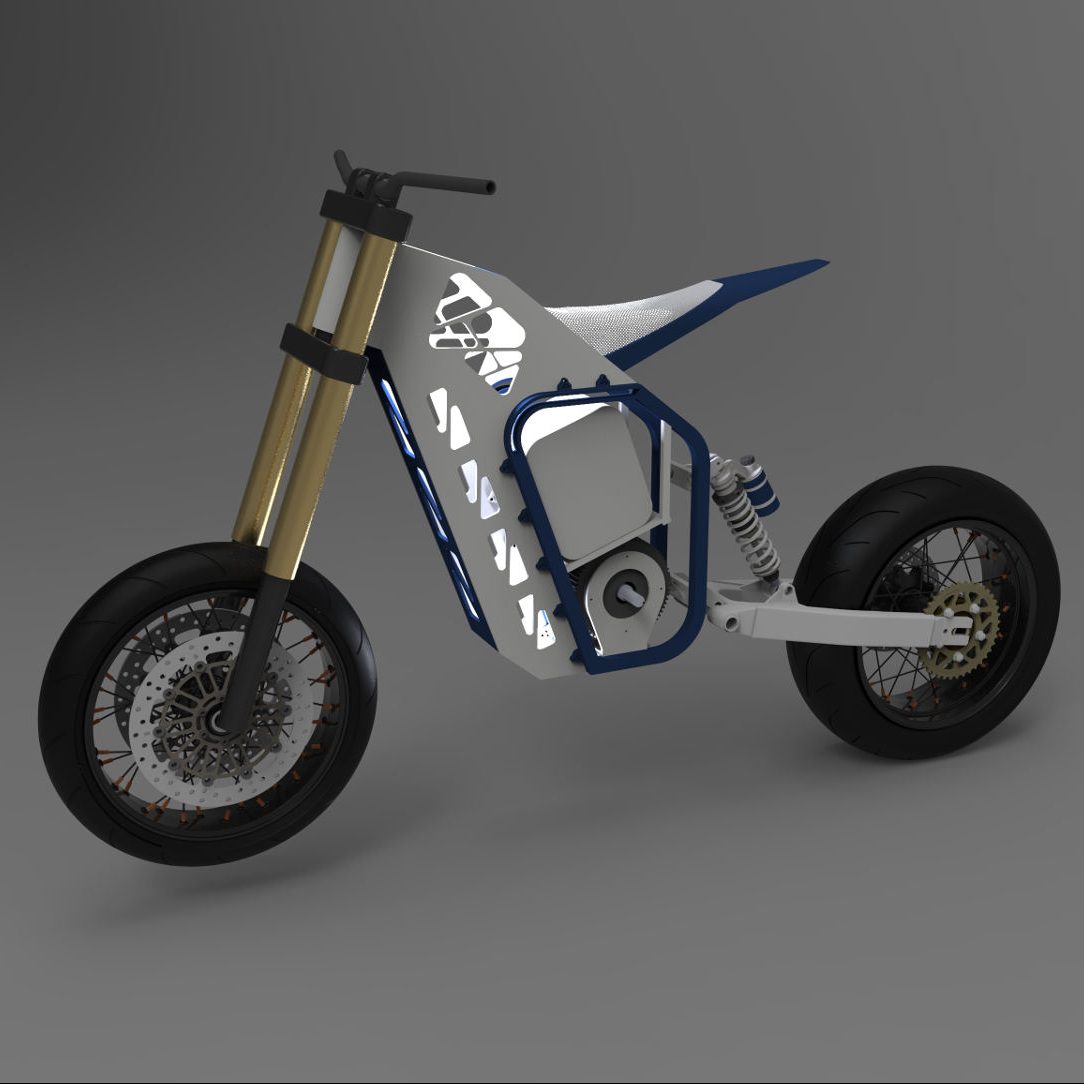Creating an electric motorcycle from scratch is an exciting endeavor that combines engineering, design, and personal creativity. This guide will take you through the essential steps, providing detailed insights into every aspect of the electric motorcycle build. Whether you’re a seasoned mechanic or a DIY enthusiast, this article will equip you with the knowledge you need to embark on your electric motorcycle project.
Understanding Electric Motorcycles
Electric motorcycles have gained popularity in recent years due to their environmental benefits and the cutting-edge technology involved. Unlike traditional motorcycles that rely on gasoline and internal combustion engines, electric motorcycles utilize battery packs and electric motors to operate. This allows for a quieter ride, minimal maintenance, and zero tailpipe emissions.
Advantages of Electric Motorcycles
- Environmental Impact: With rising concerns about climate change, electric motorcycles produce far fewer emissions than their gas-powered counterparts.
- Reduced Operating Costs: Electricity costs are generally lower than gasoline, and electric motorcycles have fewer moving parts, leading to lower maintenance costs.
- Noise Reduction: Electric motorcycles are quieter, contributing to a more peaceful riding experience.
- Performance: Electric motors provide instant torque, resulting in dynamic acceleration and responsive handling.
Types of Electric Motorcycle Designs
When starting your electric motorcycle build, it’s essential to decide on the design framework that suits your style and needs. Some common types include:
- Electric Cruiser: Generally built for comfort and long distances, these bikes have wider seats, a relaxed riding position, and often a vintage aesthetic.
- Electric Sport Bike: Designed for speed and agility, electric sport bikes focus on performance and aerodynamics, appealing to thrill-seekers.
- Electric Dual-Sport: These bikes are versatile and suitable for both on-road and off-road riding, combining features from cruisers and sports bikes.
Essential Components for the Build
Creating your electric motorcycle requires a selection of core components. Below are the essential parts you will need:
Electric Motor
The motor is the heart of your electric motorcycle. It converts electrical energy from the battery into mechanical energy to power the wheels. Here are the common types of motors used:
- Brushless DC Motors (BLDC): These are efficient and capable of high power output. They are often the preferred choice for electric motorcycles due to their reliability and performance.
- Hub Motors: These motors are integrated into the wheel hub, providing a compact solution that eliminates the need for additional drive components.
Battery Pack
The battery pack is one of the most crucial elements in your electric motorcycle build, as it determines the range and performance of the bike. Consider the following when selecting a battery:
- Capacity: Measured in ampere-hours (Ah) or watt-hours (Wh), the capacity dictates how far you can ride on a single charge.
- Chemistry: Lithium-ion batteries are commonly used for electric motorcycles due to their high energy density and weight efficiency.
- Configuration: You’ll often find batteries arranged in a series or parallel configuration to meet voltage and capacity needs.
Controller
The controller acts as the brain of your electric motorcycle, regulating the motor’s speed and torque based on the rider’s input. Choose a controller that matches your motor specifications and optimizes performance. Some advanced controllers also offer features such as regenerative braking and throttle response adjustments.
Design and Frame Considerations
The frame is the skeleton of your electric motorcycle and requires careful planning and design. Here are some aspects to think about:
Material Selection
Your frame material will impact the motorcycle’s weight, durability, and ride quality. Common materials include:
- Steel: Offers strength and durability but can be heavier.
- Aluminum: Lightweight and resistant to rust, aluminum is popular but can be less robust than steel.
- Carbon Fiber: Though expensive, carbon fiber provides an excellent strength-to-weight ratio, making it ideal for high-performance builds.
Ergonomics and Comfort
Consider the riding position and ergonomics of the motorcycle when designing the frame. Factors such as seat height, handlebar placement, and footpeg positioning will affect rider comfort.
- Seat Design: A well-designed seat will provide support during long rides and prevent fatigue.
- Handlebar Height: Adjust the height of the handlebars to ensure a comfortable grip and riding position.
Electrical System Design
Creating a robust electrical system is essential for the performance and safety of your electric motorcycle. Consider these components:
Wiring Harness
A wiring harness connects all the electronic components of your build. Ensure your wiring is organized and easily accessible for future maintenance. Use high-quality connectors and insulation to minimize faults.
Instruments and Display
Instruments such as speedometers, battery indicators, and odometers can enhance your riding experience. Modern electric motorcycles often include LCD displays that provide real-time information on battery life, speed, and navigation.
Lighting System
A reliable lighting system is critical for safety and visibility. Ensure your motorcycle is equipped with:
- Headlights: Good-quality LED lights improve visibility during night rides.
- Taillights and Turn Signals: These enhance safety on the road and ensure you’re seen by other motorists.
- Brake Lights: Critical for informing other drivers when you’re slowing down.
Assembling the Electric Motorcycle
With all components ready, the next step is assembly. This phase requires meticulous attention to detail:
Frame Assembly
Start by assembling the frame, paying careful attention to joint integrity. If using welded joints, ensure they are structurally sound.
Mounting the Components
Mount the electric motor, battery pack, and controller in the designated areas of the frame. It is crucial to distribute weight evenly for optimal performance and handling.
- Location: Designate spots for the battery and motor to maintain a low center of gravity.
- Vibration Dampening: Consider adding rubber mounts for the motor to reduce vibrations that could affect the integrity of the wiring and components.
Wiring and Integration
Once the hardware is in place, connect the electrical components according to your wiring diagram. Be systematic and label each wire for easier troubleshooting later.
- Testing: After connecting everything, conduct a preliminary test to ensure power is reaching all components.
Finalizing the Build
After assembly and testing, you may want to consider aspects that complete your electric motorcycle build:
Aesthetic and Personalization
Customizing your motorcycle can be one of the most rewarding aspects of building your electric motorcycle. Consider paint, decals, and accessories that reflect your personality.
Safety Gear
Understanding the importance of safety cannot be overlooked, even with an electric motorcycle. Invest in high-quality helmets, gloves, and riding jackets to enhance your safety while riding.
Registration and Legal Requirements
Before hitting the road, ensure your motorcycle is legal to ride. Familiarize yourself with the registration requirements in your area, which may include inspections, insurance, and licensing.
 Testing and Troubleshooting
Testing and Troubleshooting
After completing your electric motorcycle build, take it for an initial test ride in a safe and controlled environment. This will help you understand how the bike handles and whether adjustments need to be made.
Common Issues to Anticipate
- Range Concerns: If the range is less than expected, consider checking battery capacity and performance.
- Charging Speed: Ensure that your charging system is efficient and functioning well.
- Performance Issues: If there’s a lack of acceleration or power, inspect the controller and motor connections.
Final Adjustments
Based on your test ride, you may need to make adjustments to improve performance. Fine-tuning aspects such as throttle response or braking may enhance your overall riding experience.
Conclusion
The electric motorcycle build is a labor of love that can yield fantastic results, both in personal achievement and the enjoyment of riding. By understanding the critical components, design considerations, and electrical systems, you will be well-equipped to create a custom electric motorcycle tailored to your needs. Whether you’re seeking a unique riding experience or a way to contribute to a cleaner environment, building an electric motorcycle can be a fulfilling project that offers you endless satisfaction on the open road.


